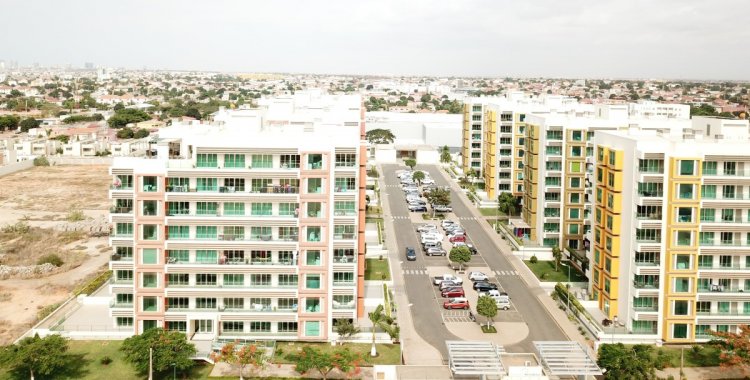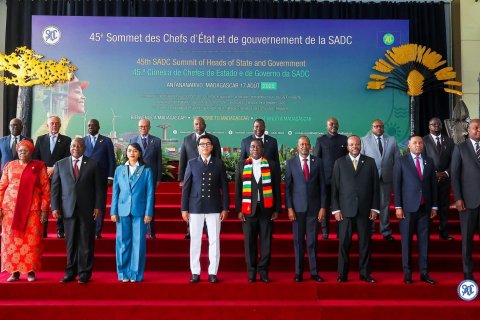"We expect credit growth in Angola to slow sharply, from 20 percent in 2023 to 6 percent in 2024; high interest rates and anemic economic growth will limit demand for loans, and banks' appetite to lend the private sector will weaken due to the deterioration of asset quality and the increase in domestic debt issuance by the Government", write the analysts.
In the commentary on the financial sector in Angola, sent to investors and to which Lusa had access, this consultant owned by the same owners of the financial rating agency Fitch Ratings also warn that "the weakening of the exchange rate will erode the capital cushions in the short term, even though capital ratios remain well above prudential targets".
The forecast of 6 percent growth in the volume of credit granted by banks to companies and individuals in Angola next year is essentially driven by the impact of the evolution of interest rates in recent quarters.
"As part of monetary policy reforms, the National Bank of Angola abruptly increased its key interest rate, from 15.5 percent to 20 percent in July 2021 and, despite having cut the rate to 17 percent since therefore, it remains above the average of 14.79 percent recorded between 2013 and 2022", write the analysts, considering that "the BNA is expected to maintain the rate in 2024, which will keep loan costs high, influencing the demand for credit ".
The weak economic growth predicted for next year, of just 0.6 percent, according to BMI Research, will join the acceleration of inflation, from 13.5 percent in 2023 to 17.1 percent in 2024, limiting also the demand for credit due to the increase in the cost of living.
Furthermore, they conclude, the "likely deterioration in asset quality will make banks more cautious in lending to the private sector", as the percentage of non-performing loans rose from 14.3 percent in May to 14.5 percent in June, last month for which data is available.







